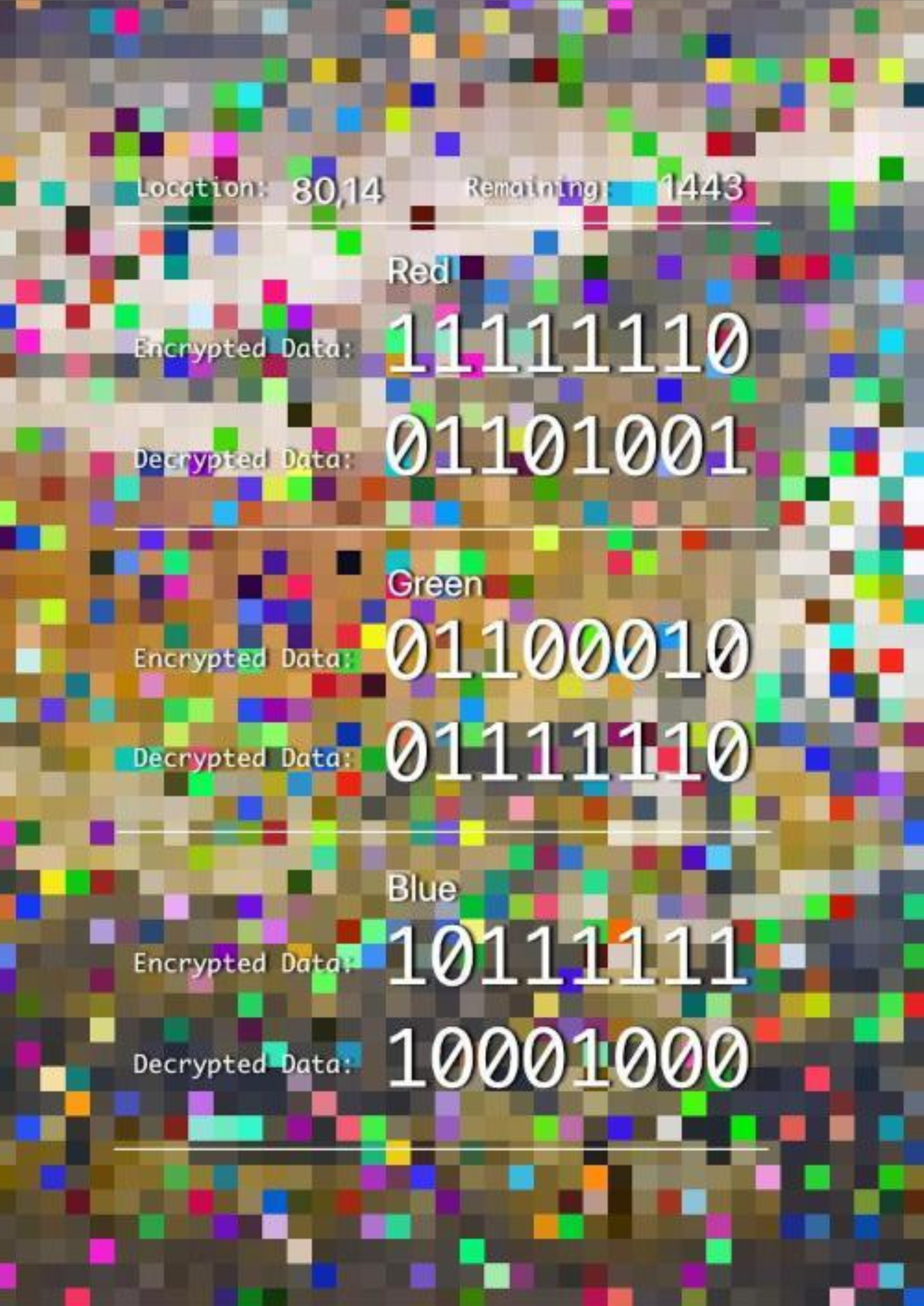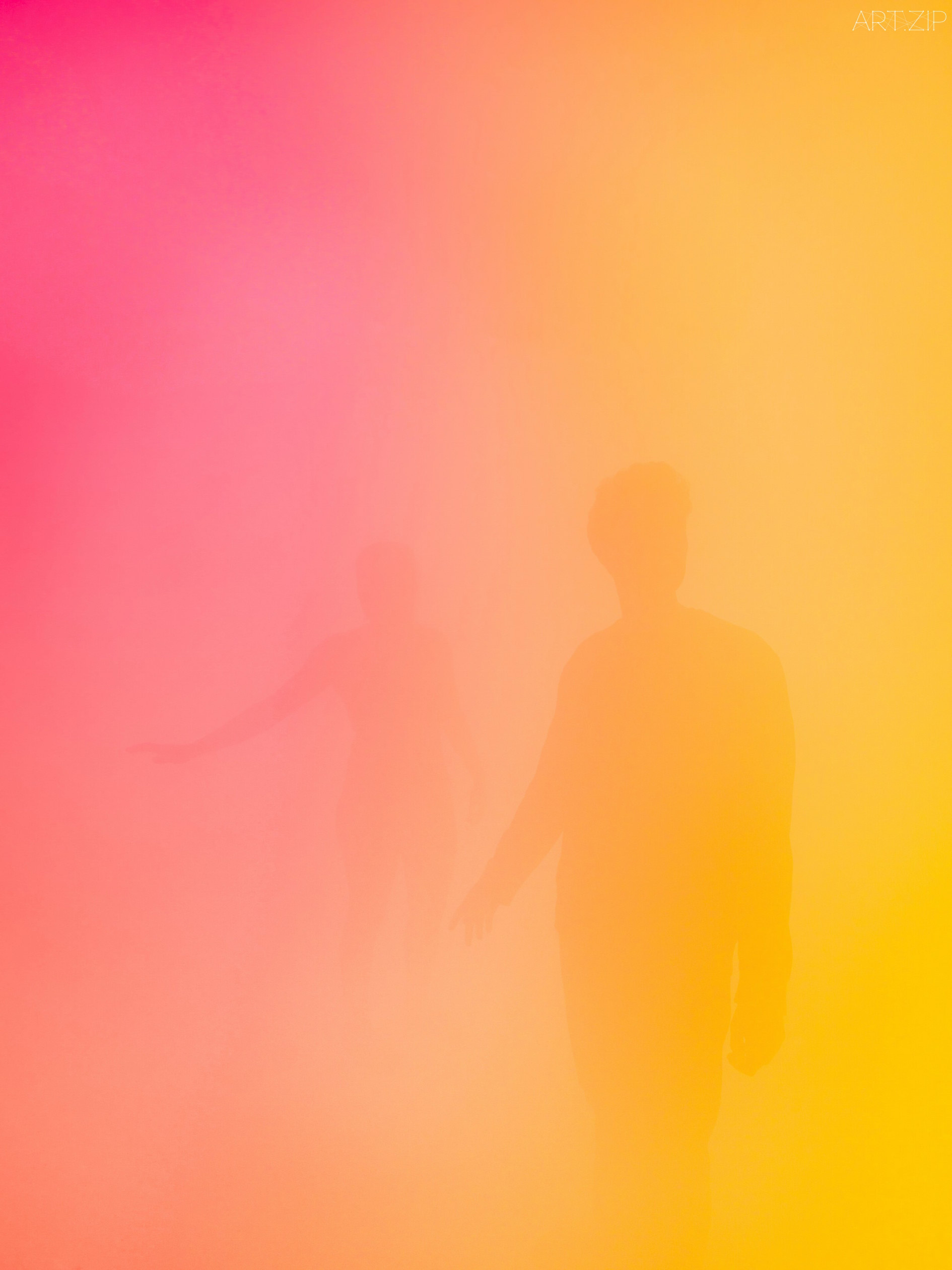Spiral of Time — Amazonas Brazil — UFAM
Edwin van der Heide
Interact with Spiral of Time — Amazonas Brazil — UFAM via FILE ARCHIVE
FILE São Paulo 2025 | Instalações
Festival Internacional de Linguagem Eletrônica
Spiral of Time — Amazonas Brazil — UFAM – Holanda
Spiral of Time captura e encena a paisagem sonora diversa de um local específico ao longo de vários anos. Ao documentar as dinâmicas naturais, culturais, espaciais e temporais únicas de um lugar, a obra homenageia as contribuições de todos os seus atores. A cada hora, é feita uma gravação de um minuto, resultando em um vasto arquivo sonoro ao longo do tempo. Ele é acessível online por meio de uma interface em forma de espiral, permitindo aos ouvintes explorar os padrões cíclicos revelados ao navegar pelo material em diferentes intervalos de tempo.
Desde 17 de julho de 2024, o artista tem gravado os sons da praça em frente ao MACBA (Museu de Arte Contemporânea de Barcelona). Trata-se de um espaço urbano muito interessante, diverso e vibrante. A obra está acessível online por meio do site https://www.macba.cat/en/spiral-of-time-placa-dels-angels/ e será também apresentada fisicamente no museu a partir de 10 de julho de 2025.
Edwin está expandindo o projeto para incluir outros locais de gravação ao redor do mundo — não apenas em contextos urbanos (dominados pelos humanos), mas também em áreas regidas pela natureza. O artista dedicou-se a um local de gravação na região amazônica. Desde 11 de fevereiro de 2025, Spiral of Time está instalado na Floresta Amazônica ao redor da UFAM (Universidade Federal do Amazonas), em Manaus. Trata-se de um dos maiores fragmentos de floresta urbana do mundo. Completamente cercada pela densa malha urbana de Manaus, essa floresta encontra-se isolada desde o final da década de 1980. Ela conserva características ecológicas ricas, incluindo áreas de floresta madura de terra firme, vegetação secundária em estágio avançado e pequenos trechos de campinarana (floresta de areia branca). Esse ambiente único oferece uma rara oportunidade para estudar as dinâmicas de uma floresta tropical dentro de um contexto metropolitano. Spiral of Time – UFAM imerge os ouvintes na vida acústica de um dos ecossistemas mais biodiversos do planeta. Esse contraste entre os ritmos naturais da floresta e os padrões artificiais da cidade enriquece a narrativa mais ampla de Spiral of Time, oferecendo uma reflexão mais profunda sobre coexistência, mudança e continuidade em diferentes ambientes.
BIO
Edwin van der Heide é artista, compositor e pesquisador com foco em som, espaço e interação. Seu trabalho expande os limites da composição musical em direções espaciais, interativas e interdisciplinares. Ele cria instalações, performances e ambientes imersivos onde o público é colocado no centro, incentivado a se envolver de forma sensorial e investigativa.













